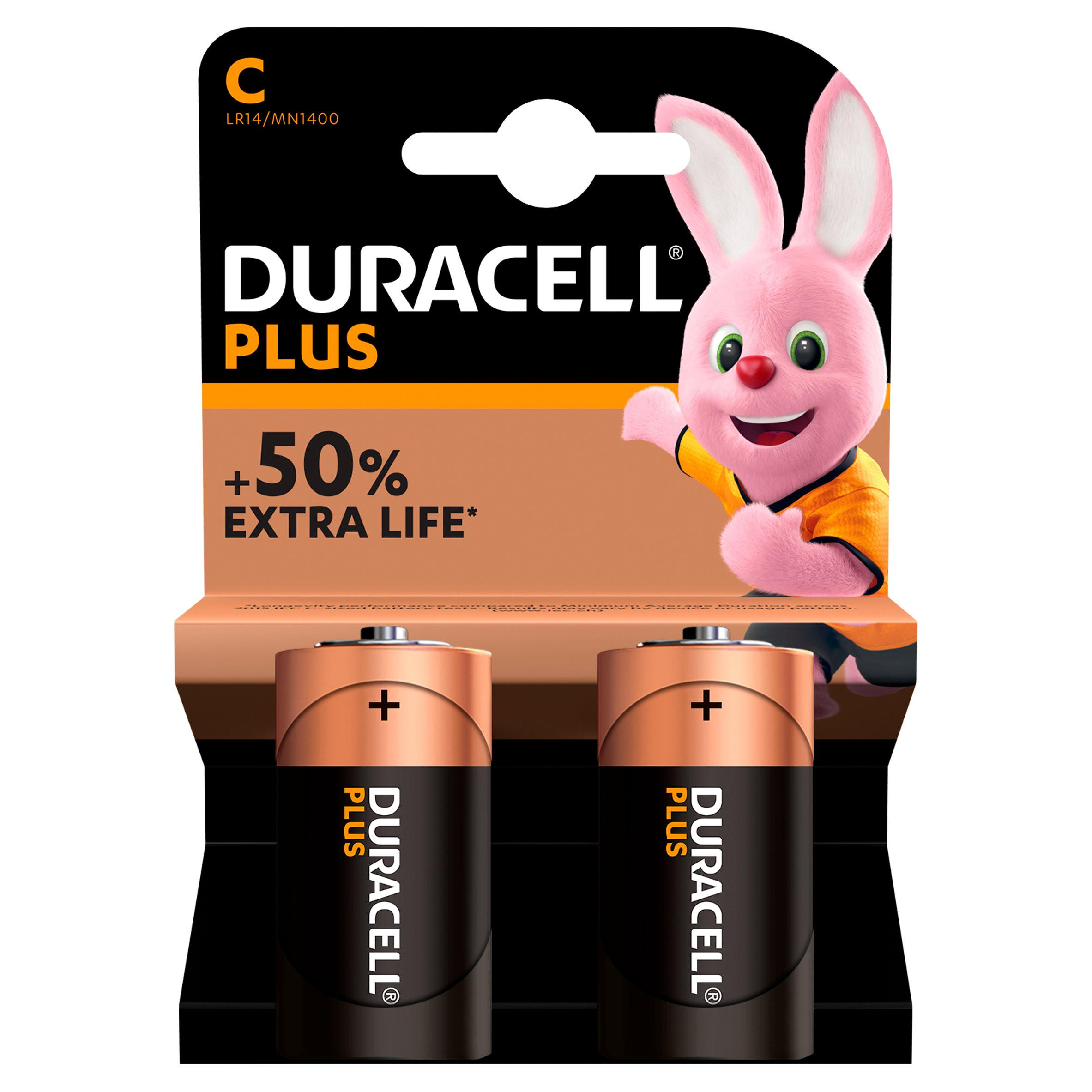


Graphene on the charge to power up better batteries Currently, patients have to endure either gastroscopy or colonoscopy procedures – both of which can be uncomfortable – to identify problems inside the gut. And the group tested its rechargeable concept by powering up a commercial Broadcom LED.ĭiscussing what they believe will be some of the key medical device applications for their edible battery, the researchers highlight the essential role that the gastrointestinal tract plays in human wellbeing. Depending on the current draw, the team’s device can operate anywhere from a few minutes to over an hour. And the cell operates at 0.65 V – a value that the developers believe shouldn’t cause any problems inside the body when the edible battery is ingested. Sustainable battery technologyįinally, the whole package is encapsulated in beeswax. Separating the two sides of the battery is a piece of nori seaweed – which will be familiar to fans of sushi – and prevents the electrical energy source from short-circuiting. And the design includes a water-based electrolyte as well as activated charcoal to boost electrical conductivity. The power source uses riboflavin (vitamin B2 – present in almonds, avocados, mushrooms, and many other foods) as the anode and quercetin (a compound present in capers, among other vegetables) as the cathode. Taking inspiration from nature and how biochemical machines operate, the group of physicists, engineers, and materials experts has come up with a battery design that reads like a menu.
#Four c batteries how to#
The field of edible electronics has seen numerous proposals for sensors and circuits, but one of the sticking points –up until now – has been how to power those designs. “Edible electronic devices will have major implications for gastrointestinal tract monitoring, therapeutics, as well as rapid food quality monitoring,” write researchers in Italy, who recently presented a design for an edible rechargeable battery in the May 2023 issue of Advanced Materials (open access article). Edible electronics and making batteries out of food And it’s reassuring to know that implantable batteries go through rigorous safety testing, as Canadian medical device design service provider Starfish Medical points out.īut the dream, particularly for one-off investigative uses or to enhance medical delivery, would be to have non-toxic energy sources that could be harmlessly processed by the body. High on the list of challenging applications are monitoring and therapeutic uses where powered medical devices need to go inside the human body. Could prime numbers improve Apple Watch battery life?


 0 kommentar(er)
0 kommentar(er)
